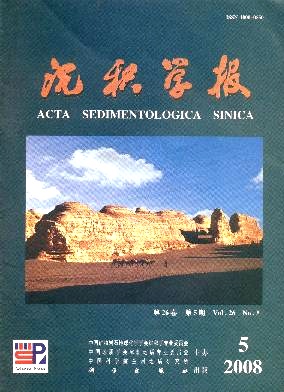Types of Permian Paleosols and Their Significance in Sequence Stratigraphy in the Southern Part of Bogeda Range
- Received Date: 1900-01-01
- Rev Recd Date: 1900-01-01
- Publish Date: 2008-10-10
-
Key words:
- paleosol /
- sequence cycle /
- paleoenvironment /
- continental deposit /
- Bogeda range
Abstract: 〖WT5HZ〗Abstract〖WTBZ〗〖KG1〗Paleosols were formed on the basis of the reconstruction of primary rocks in the pedogenic process during the long geologic period. The 4 types of Permian paleosols were developed in the southern part of Bogeda range based on the fine research of outcrop and the inside job. The histosol was located on the top of the paleosol section, resulted from the watery paleoenvironment. The argillisol was precipitated within the bottom of eluviation belt, resulted from the long eluviation and the moist ancient climate. The spodosol was characteristic of the ferruginous concentric ball due to the longterm eluviation and the dankish climatic environment. The calcisol was characteristic of the abundant calcic conglomeration from the halfarid to arid ancient climatic environment. The sequence cycles can be divided carefully and the ancient climatic environment can be recovered veraciously according to the paleosol section.
| Citation: | FENG Qiao. Types of Permian Paleosols and Their Significance in Sequence Stratigraphy in the Southern Part of Bogeda Range[J]. Acta Sedimentologica Sinica, 2008, 26(5): 725-729. |






 DownLoad:
DownLoad: